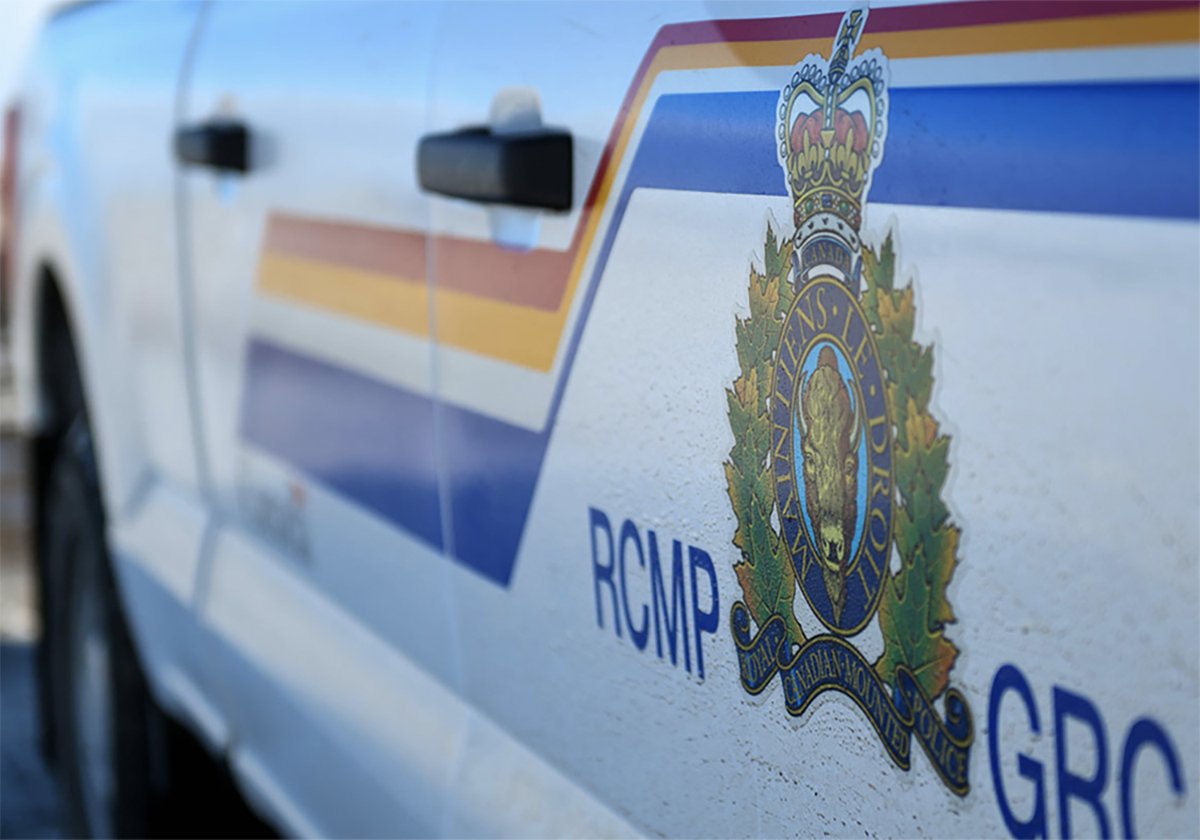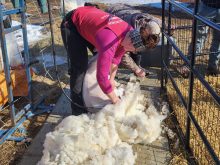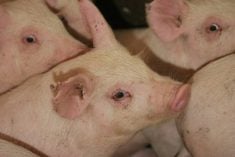FARGO, N.D. – It’s a typical light story to end the nightly newscast – a video clip of a hog escaped from a transport truck and loose on a freeway in urban North America.
But for Shanyn Silinski, watching bumbling city cops trying to corral a pig is not funny footage.
“To have tasering, to have animals being chased down the freeway by police cars, is unacceptable,” said Silinski, executive director of the Manitoba Farm Animal Council. “There’s no reason (for that to happen) except a lack of training and lack of understanding.”
Read Also

Charges laid after cattle theft
Saskatchewan RCMP lay two charges against a man after six cattle went missing.
Silinski attended the Beyond Borders agrosecurity conference June 4-6 in Fargo, North Dakota, to spread the message that there is a better and more humane way to deal with a rambling hog or heifer trapped in an overturned transport truck.
Silinski brought a Livestock Emergency Response Unit to the conference. The unit is a horse trailer equipped with panels for animal containment, cutting tools to get into an overturned transport vehicle, an all-terrain vehicle and safety equipment.
The Manitoba Farm Animal Council recently bought two units, which will go into use this summer. One will be located in Brandon and the other in Blumenort, Man. Along with roadside rescues, the unit can be used for any type of livestock emergency, Silinski said.
The unit on display in Fargo was a big hit with conference participants, who gathered around and walked inside the trailer.
The panels to contain animals caught the eye of Dan Folske, a N.D. State University extension agent in Burke County in the northwestern corner of the state.
“The one thing I would be short of (for recovery equipment) is containment for hogs,” said Folske. “The portable grounds that the beef guys have available aren’t going to work for hogs, because they’re going to go underneath.”
Larry Schnell, general manager of Stockmen’s Livestock Exchange, an auction mart in Dickinson, N.D., was also impressed.
“We have regular occurrences of semis tipping over, or trailers’ back door falling out … so this looks like a great idea to me,” said Schnell.
“Our employees usually do the work (of animal recovery) because the fire and police don’t have a clue.”
A big part of her job, Silinski said, is training police, firefighters and other rescue workers how to handle livestock emergencies. Part of that training is on how to euthanize animals.
“In Canada, we don’t transport (animals) for euthanization, so we have to do it on scene properly,” she said.
She has held sessions at her farm, near La Broquerie, Man., demonstrating how to shoot hogs. The rescue personnel fire into dead animals to simulate a humane death.
While a few first responders may perceive that sort of training as excessive, Silinski’s viewpoint is that knowledge never hurts.
“It’s better to be trained and not need it, than be standing by the side of the road at 3 a.m. and saying ‘oh my goodness.’ “

















